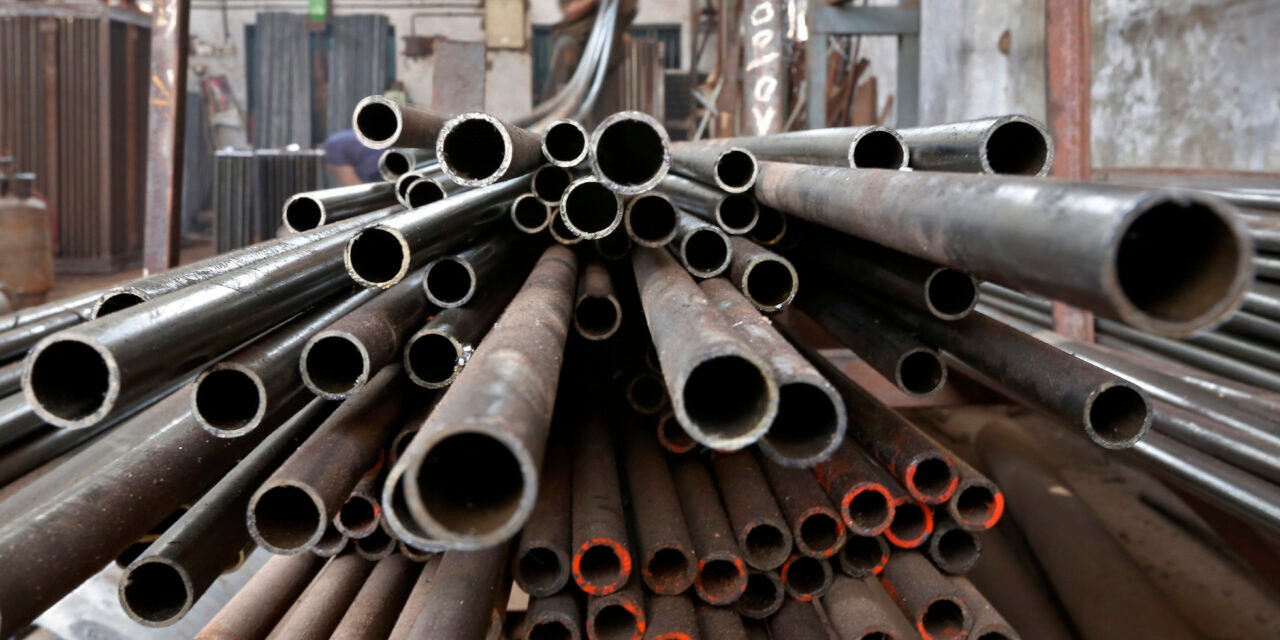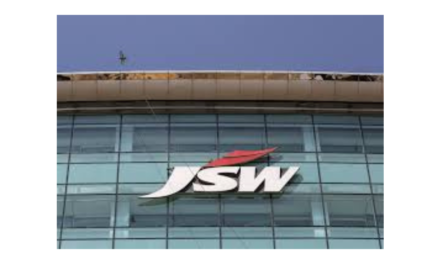India is intensifying its scrutiny of the surge in steel imports as the domestic steel industry raises alarms over cheap shipments flooding the market. The government has initiated a comprehensive investigation into the matter, with officials examining whether these imports are disrupting the balance of the domestic market and affecting local manufacturers’ profitability. This investigation could lead to the imposition of a safeguard duty or other protective measures to shield the Indian steel industry from potential damage caused by global overcapacity and aggressive pricing by foreign exporters.
The primary concern stems from increased imports of flat steel products, which are extensively used in industries such as automotive, construction, and appliances. Imports from countries such as China, Japan, and South Korea have particularly drawn attention due to their lower costs, which Indian manufacturers struggle to compete with. Analysts suggest that India’s free trade agreements (FTAs) with some nations have also contributed to this influx, allowing steel to enter the Indian market at reduced or zero tariffs.
Industry stakeholders argue that the current market scenario threatens the survival of several domestic steel producers, particularly smaller players who cannot match the economies of scale enjoyed by international giants. The Indian Steel Association (ISA) has urged the government to consider immediate corrective measures, including safeguard duties, to prevent further erosion of market share by domestic manufacturers. They also emphasize the need for a level playing field, highlighting that many exporting nations provide subsidies to their steel producers, making their products unfairly competitive.
On the other hand, consumer industries dependent on steel imports for cost-effective manufacturing have raised concerns about potential safeguard duties driving up input costs. For sectors like automotive and infrastructure, which are integral to India’s economic growth, higher steel prices could cascade into broader inflationary pressures. Thus, policymakers must strike a delicate balance between protecting domestic industries and ensuring affordability for downstream users.
This move comes amid India’s ambitious plans to boost domestic steel production under the National Steel Policy 2017, aiming to achieve a capacity of 300 million tons by 2030-31. Experts believe that protective measures, if implemented judiciously, could bolster local production while enabling Indian manufacturers to remain competitive in global markets.














